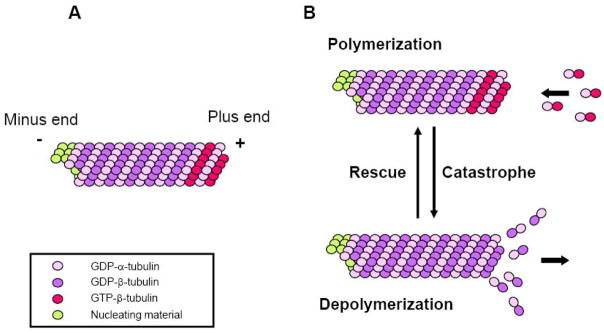Figure 1. Microtubule structure and dynamic instability.
(A) A MT is a polarized polymer of α/β tubulin heterodimers. During polymerization the GTP bound to the β tubulin subunit is hydrolyzed (GTP is also bound to the α-subunit, but this is not exchangeable or hydrolyzed). GTP-bound subunits decorate the plus end while GDP-bound subunits form the core of the MT. The minus end of the MTs is usually anchored to nucleating material in cells and does not exchange subunits. (B) MT dynamic instability. In most cells MTs alternate between phases of polymerization and depolymerization at their plus ends. Transitions from shrinkage to growth are known as rescues while the opposite reaction is know as catastrophe. Most MT dynamics in vitro and in vivo can be described by the rates of growth and shrinkage and the frequencies of rescues and catastrophes.

